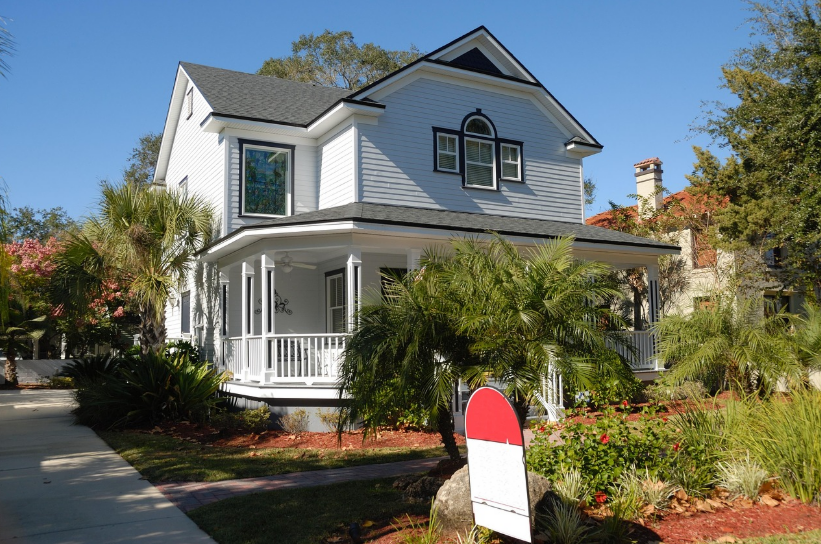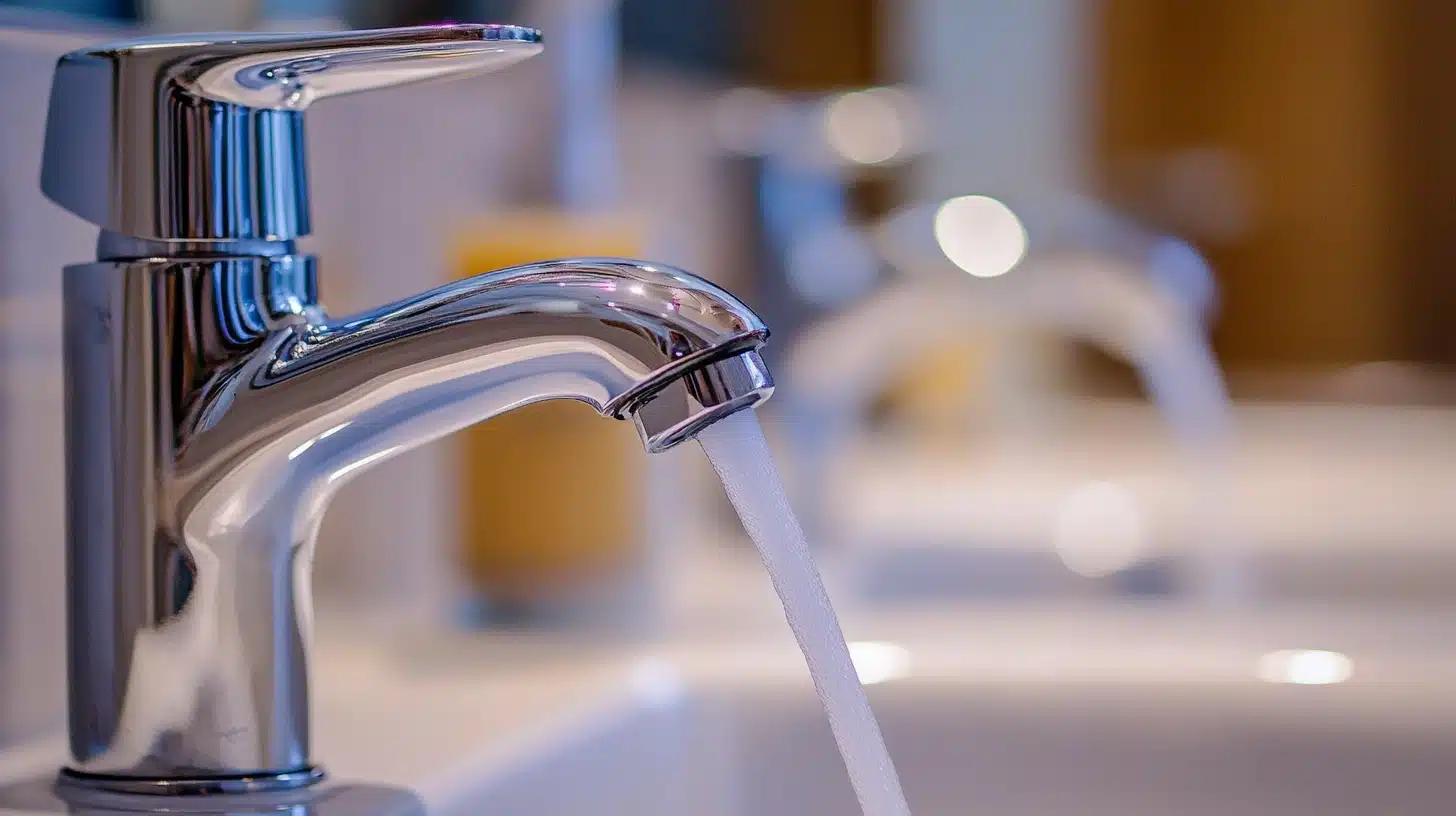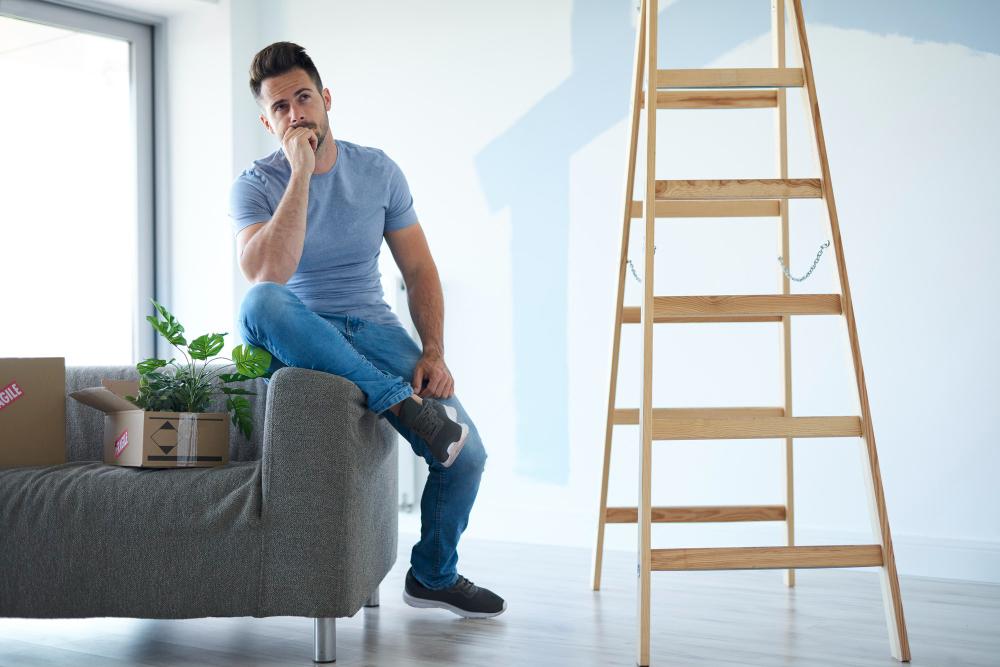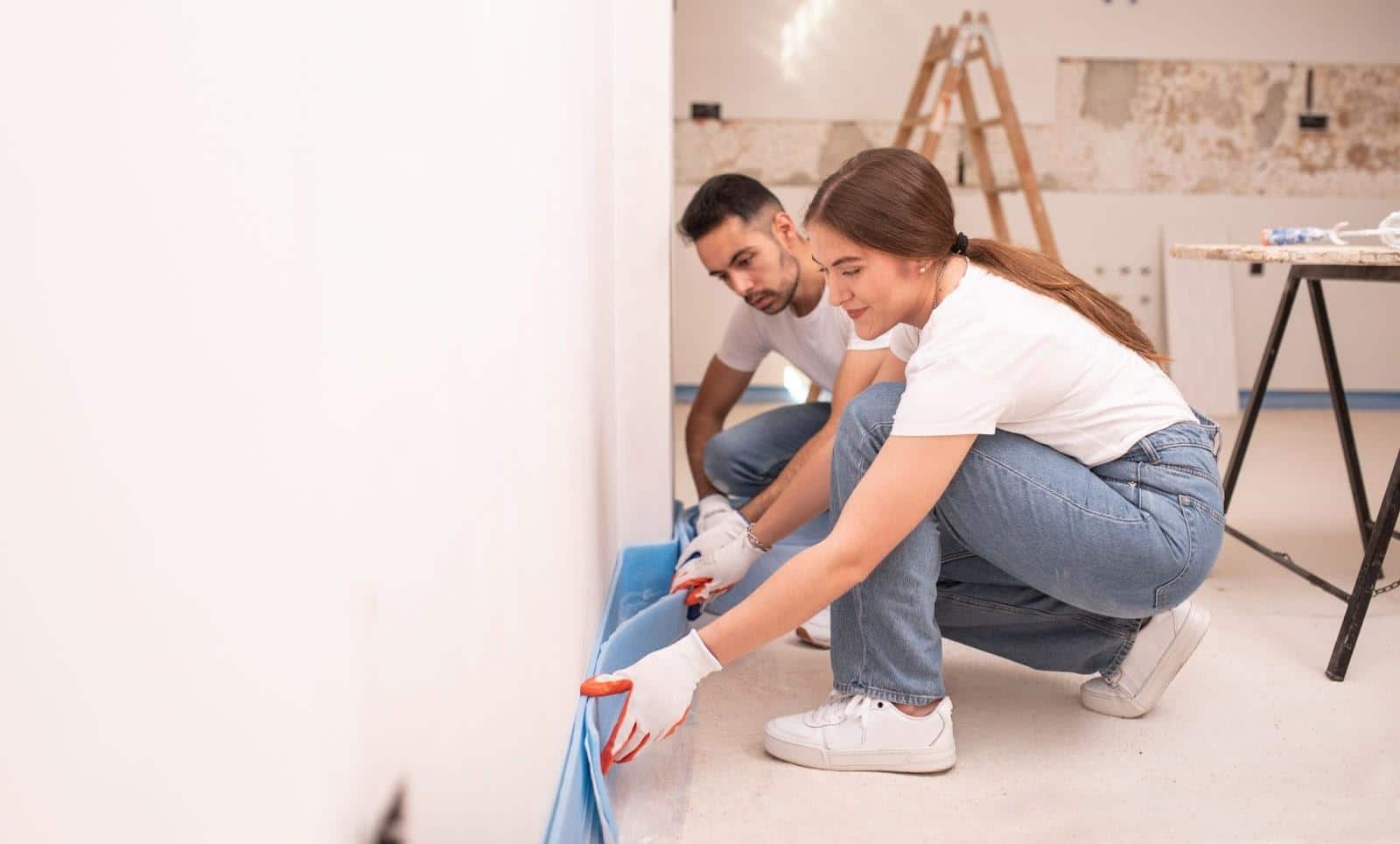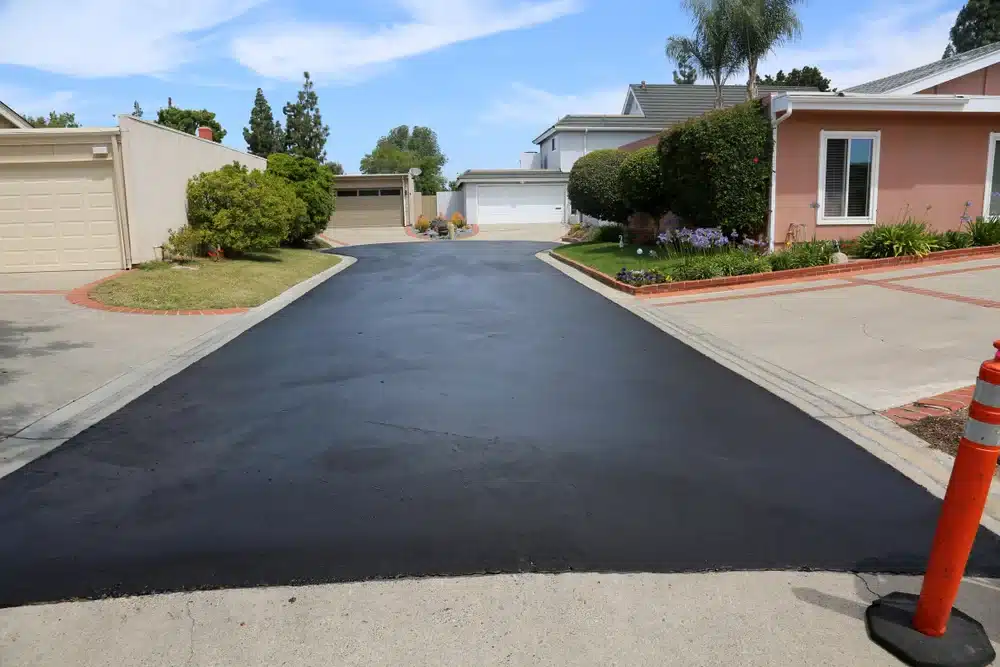Essential Updates for Breathing New Life Into Older Homes
Older homes possess undeniable charm – architectural details, solid craftsmanship, and character that new construction often lacks. Yet living in a house built decades ago comes with challenges that can’t be solved by fresh paint alone. With over 60% of American homes built before 1990, millions of homeowners face the delicate balance of preserving character while adding modern functionality.
Assessing Your Home’s Needs
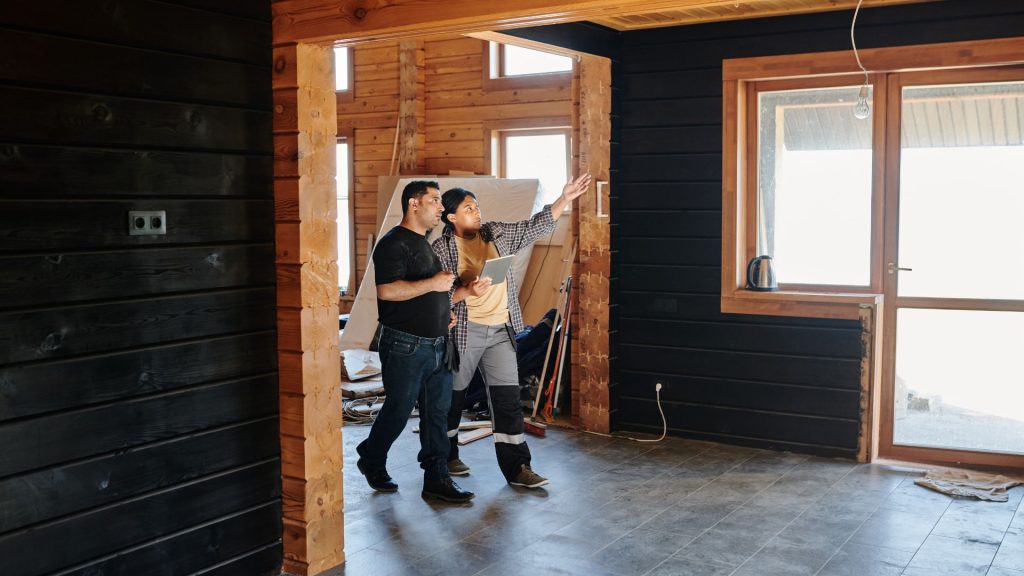
Before diving into renovations, conduct a whole-home assessment. Focus first on safety issues, then efficiency problems, followed by functionality improvements. Create a realistic budget that allows for surprises – older homes invariably hide secrets behind walls and under floors. Consider hiring a home inspector who specializes in historic properties to identify critical issues you might miss.
Electrical System Updates
Outdated electrical systems present both safety hazards and lifestyle limitations. Signs your system needs updating include knob-and-tube wiring, scarce outlets, and fuse boxes instead of circuit breakers.
Essential electrical updates include:
- Upgrading from 60-amp service to 200-amp
- Adding grounded outlets in key locations
- Installing GFCI protection in wet areas
- Creating dedicated circuits for major appliances
Most older homes can’t handle today’s electrical demands. A modern kitchen alone, with refrigerator, microwave, dishwasher, and coffee maker, might overload circuits designed for simpler times.
Home Security System Upgrades
Outdated security systems often go unused because they’re cumbersome and lack modern features. Upgrading doesn’t always mean starting from scratch.
Modernization options include:
- Converting hardwired sensors to wireless technology
- Replacing old control panels with smart interfaces
- Adding video monitoring capabilities
- Implementing smartphone controls for remote access
Many existing alarm system components remain usable with modern control panels, significantly reducing upgrade costs. Upgrading to an alarm monitoring service compatible with existing systems allows homeowners to take advantage of security features, while at the same time maximizing their original investment.
Plumbing Modernization
Nothing disrupts daily life faster than plumbing problems. Older homes often have galvanized pipes that have corroded from the inside, resulting in poor water pressure and potential leaks.
Priority plumbing updates include:
- Replacing deteriorated pipes with copper or PEX
- Updating fixtures for water efficiency
- Addressing sewer line concerns before they fail
- Installing water-saving toilets (which can save thousands of gallons annually)
Many cities offer rebates for water-efficient upgrades, making this improvement easier on your budget.
HVAC Improvements
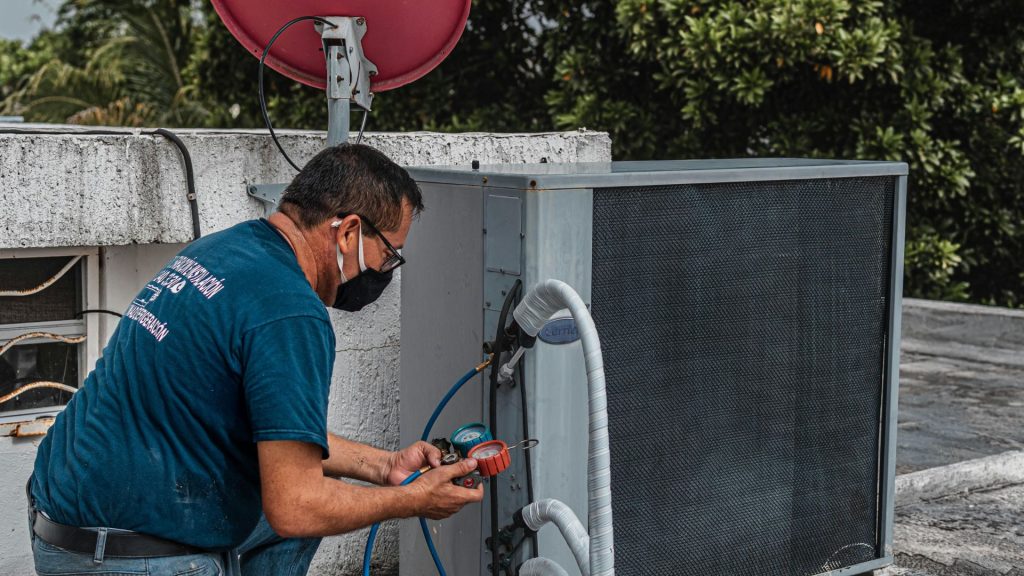
Heating and cooling older homes efficiently presents unique challenges. Original systems rarely distribute air effectively throughout room layouts not designed for central air.
Consider these modern options:
- High-efficiency furnace replacement
- Ductless mini-split systems for homes without ductwork
- Smart thermostats that learn your patterns
- Zoning systems for multi-level homes
A monitoring service for your HVAC can alert you to problems before they cause major damage, which is particularly valuable for older mechanical systems prone to failure.
Insulation and Weatherization
Most pre-1980s homes have insufficient insulation by today’s standards. Proper insulation pays for itself through energy savings and improved comfort.
Focus on:
- Attic insulation (often the easiest upgrade with biggest return)
- Targeted wall insulation
- Basement and crawlspace insulation
- Air sealing around windows, doors and penetrations
Many utility companies offer free energy audits that use thermal imaging to identify exactly where your home is losing heat.
Kitchen and Bathroom Updates
Kitchens and bathrooms often reveal a home’s age most clearly. Fortunately, strategic updates can dramatically improve functionality without complete renovation.
In kitchens, consider:
- Refacing rather than replacing solid wood cabinets
- Adding pull-out shelving to existing cabinetry
- Upgrading to energy-efficient appliances
- Improving task lighting
For bathrooms:
- Addressing ventilation to prevent moisture problems
- Updating fixtures while keeping vintage elements
- Adding storage solutions appropriate to the era
- Installing comfort-height toilets for accessibility
Technology Integration
Older homes weren’t designed for WiFi signals to pass through thick plaster walls or multiple stories. Creating a connected home requires thoughtful planning.
Effective solutions include:
- Mesh network systems to eliminate dead zones
- Structured wiring for critical areas
- Smart home hubs compatible with older home features
- Concealed equipment installations that don’t detract from period details
Creating a Maintenance Plan
Owning an older home means embracing ongoing maintenance. Create a seasonal checklist covering:
- Roof and gutter inspections
- Foundation checks
- Weather stripping replacement
- HVAC system servicing
- Plumbing inspections
Maintaining documentation of all improvements helps track your home’s evolution and proves valuable during future renovations or eventual sale.
The joy of updating an older home comes from honoring its history while ensuring its future. With thoughtful modernization, these homes can provide character-filled, comfortable living for another century.

